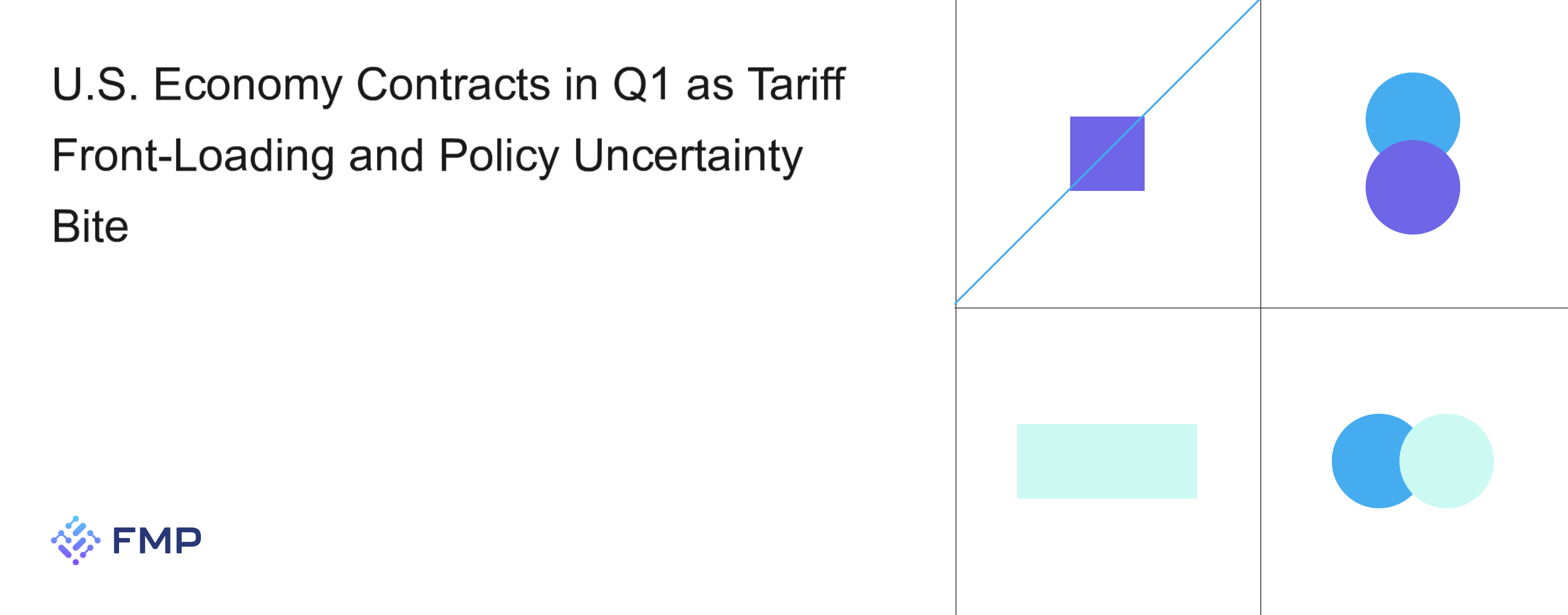
GDP Slides 0.3% on Import Surge
The U.S. economy unexpectedly contracted by 0.3% in Q1, according to the Commerce Department’s advance GDP estimate—down from +2.4% growth in Q4. Economists had forecast a slight 0.2% expansion. A surge in imports (which subtract from GDP) accounted for most of the decline, driven by companies rushing to lock in lower prices before sweeping tariffs took effect in early April.
Government Spending Dip and Trade Policy Impact
A pullback in federal outlays also weighed on growth. Capital Economics’ Paul Ashworth attributed this to recent efforts led by Elon Musk–backed initiatives to streamline federal operations. Meanwhile, punishing 145% tariffs on Chinese goods—and Beijing’s retaliatory levies—are still in force, creating a “stagflationary” mix of stagnating output and elevated price pressures, as Vital Knowledge analysts noted.
Companies have flagged that tariff-driven uncertainty could derail investment plans, while consumer confidence has begun to wane under the murky outlook.
Inflation Accelerates, Fed Watch Intensifies
The first-quarter Personal Consumption Expenditures (PCE) price index—the Fed’s preferred inflation gauge—jumped to 3.5% year-over-year from 2.6% in Q4. This uptick underscores the risk of persistent inflation even as growth stalls.
Investors tracking upcoming revisions and data releases—such as the next GDP update and PCE details—can stay ahead of market swings via Financial Modeling Prep’s Economic Calendar API, which provides real-time schedules for crucial macro releases.
At CWEB, we are always looking to expand our network of strategic investors and partners. If you're interested in exploring investment opportunities or discussing potential partnerships and serious inquiries. Contact: jacque@cweb.com

